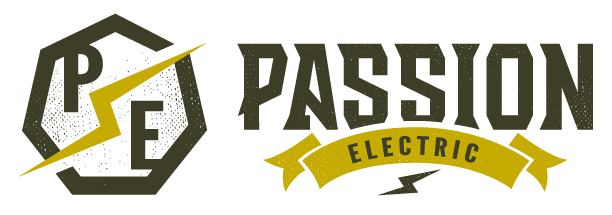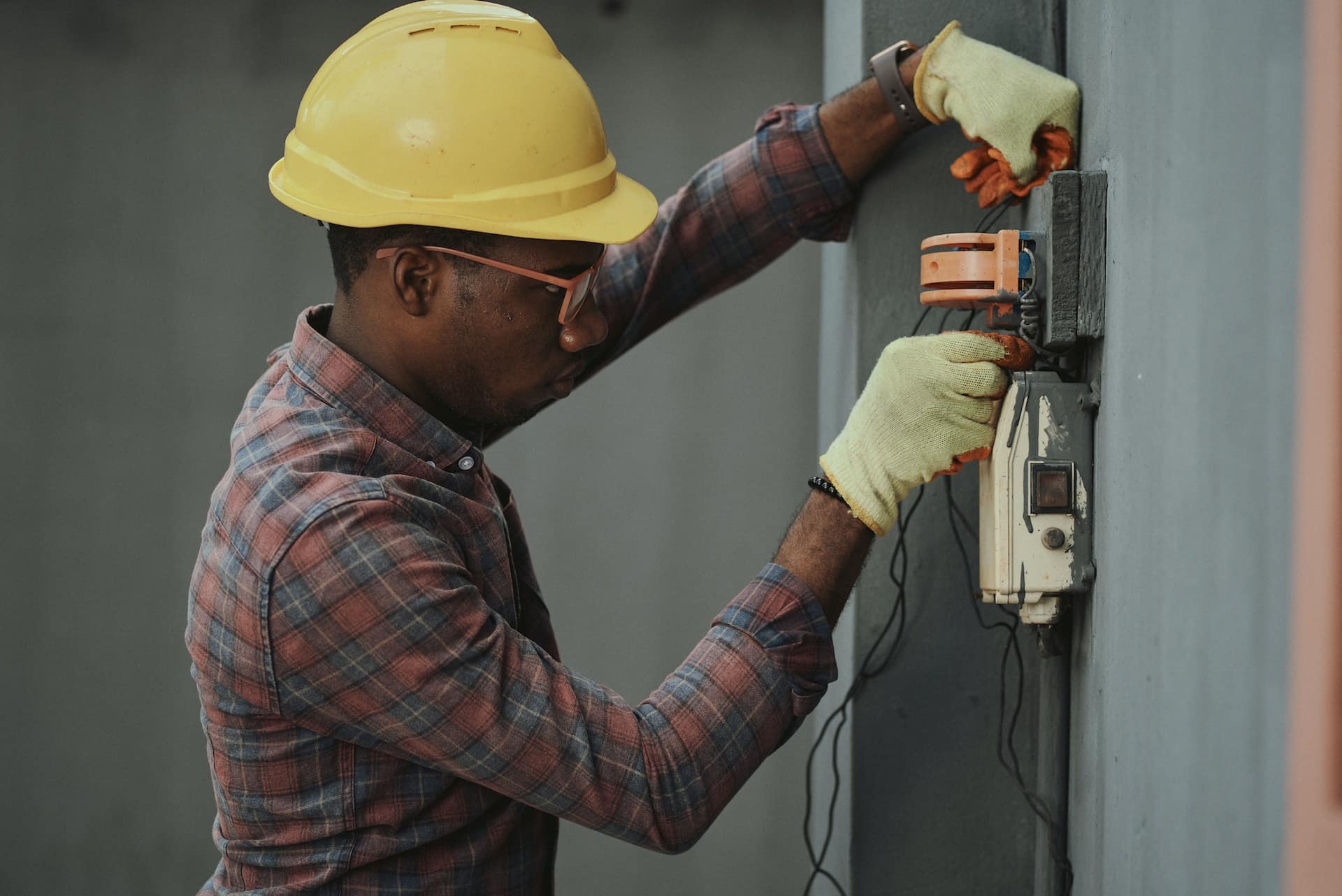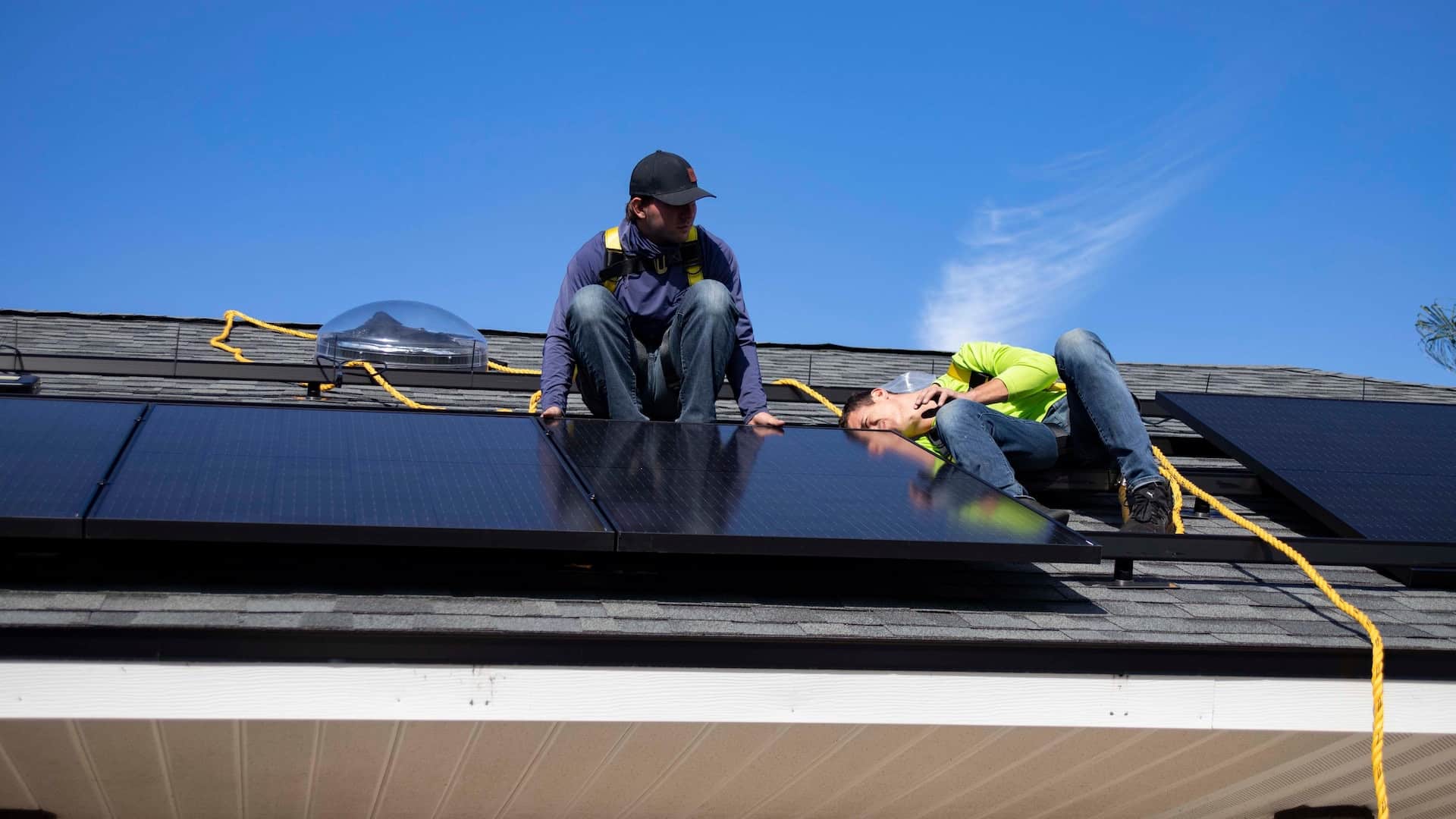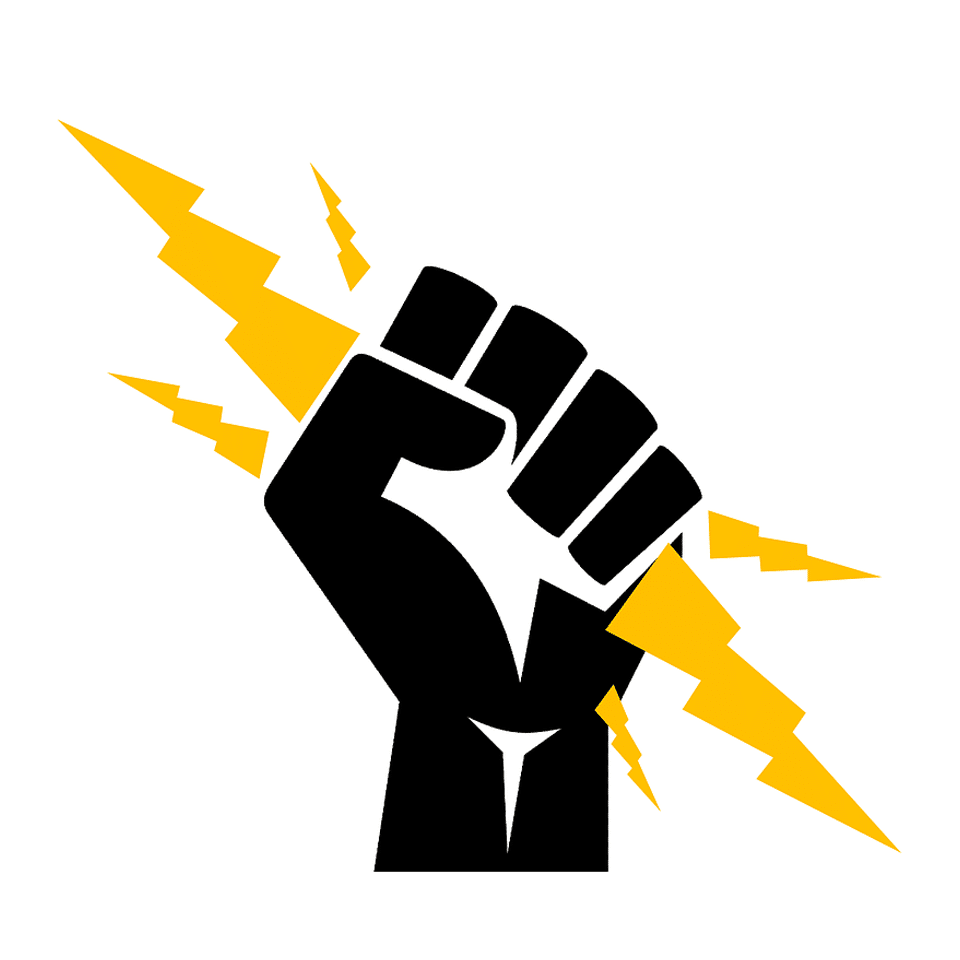Are you considering installing solar panels for your home but unsure about the solar panel cost involved? You’re not alone! With the potential for significant long-term savings on your electricity bill and a reduced carbon footprint, it’s no wonder many homeowners are exploring this renewable energy option.
In this blog post, we’ll break down the solar panel cost associated with solar panel installation in 2023 and explain the various factors that contribute to these costs: financing options, incentives, and benefits. Get ready to unlock the potential of solar energy for your home!
Short Summary
- Solar panel costs vary depending on system size, location and regional pricing, type & quality of panels, and installation/labor costs.
- Cash purchases offer cost savings while solar loans provide manageable payments. Leases/PPAs also available. Solar incentives & rebates can reduce total cost significantly.
- Long-term benefits include financial savings & environmental protection with a typical payback period between 6 to 12 years.
Understanding Solar Panel Costs in 2023

Determining the cost of solar panels for your home in 2023 can seem overwhelming, yet we’re here to offer guidance. There are a few variables that affect this cost such as: system size, geographical area, type of panel, and assembly labor. For example, installing a 10kW photovoltaic system could come with an estimated price tag ranging from $9000 to $19K including solar panels cost and assembling services.
Consider taking advantage of federal tax credit provides discounts that bring down overall expenses range between $7,700 to $13,300 dollars respectively. To assist you in making an informed decision, let’s analyze each factor more closely!
System Size and Cost
The size of your solar system greatly impacts the cost of solar panels. In general, a 6kW to 12kW range will set you back anywhere between $5,400 and $18,000 for most domestic homes. Solar systems are usually sized according to electricity consumption. Hence bigger ones may need more upfront investment but offer potential savings in terms of energy costs in the long run. It is also expected that households would require around 20-25 solar panel units installed within their premises.
Location and Regional Pricing
A system of solar panels cost can depend on where you are located. Factors like electricity rates, incentives, and regional price variations all come into play when deciding the final expenditure of your solar panel installation costs. As an example, some states offer net metering. A process allowing homeowners to sell the extra energy created by their panels back to utilities for reimbursement.
Understanding how these different elements affect prices in your area could help make informed decisions regarding investing in solar technology while also maximizing returns from it.
Panel Type and Quality
When installing solar panels for your system, take into consideration both the budget and energy requirements when deciding which type of solar panel to use.
- Monocrystalline panels – Monocrystalline solar panels are the most efficient, but also costly – typically priced between $1 and $1.50 per watt
- Polycrystalline panels – polycrystalline solar panels are more affordable at $0.90 up to $1 with slightly lower efficiency
- Thin film panels – Thin film solar panels are the least expensive with rates ranging from $0.75 to just over $1 each, although they provide low performance overall
Despite higher initial expenses in purchasing monocrystalline or better quality models, it could prove beneficial due to long-term greater energy production down the line.
Installation and Labor Costs
When it comes to installing solar panels, the costs can vary depending on the complexity of the project and how experienced your solar company installer is. It’s important to ask for an itemized cost list that includes labor fees, permits, taxes, and any applicable tax incentives in order to get a full understanding of what you’re paying for along with potential savings from reduced electricity bills.
The cost of solar panel system installation goes beyond just buying them outright as there are several components involved. This could include things like labor charges or permitting. Sales tax is also applied while certain utility fees must be taken into consideration too if they come about during install time – all essential factors towards getting up-to-date on what total amount will need to be invested here after looking at both financial benefits plus applying credits when possible!
Finally don’t forget about taking advantage of available government programs offering incentive packages before committing which might help reduce outlay even down the line so make sure these options have been explored too before making final decisions regarding purchase/installation decision process moving forward confidently.
Financing Options for Solar Panels
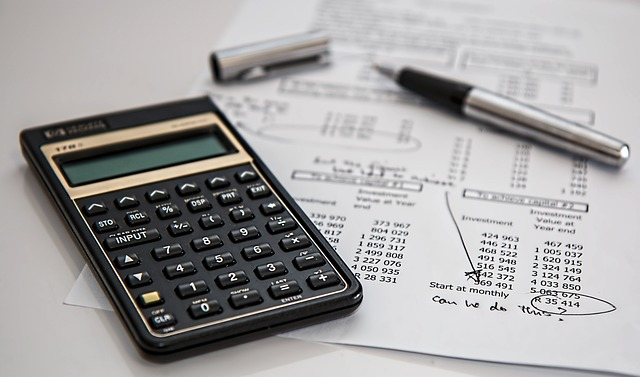
Cash purchases are a straightforward approach to obtaining solar panel systems because the entire cost of solar panels is paid upfront. On the other hand, there are two alternative methods for financing: taking out loans and leases or power purchase agreements (PPAs).
Each of these options provides different advantages and drawbacks. Thus it’s important to assess which suits your long-term goals best from a financial standpoint before deciding.
By exploring all three routes available when buying solar panels, you’ll be able to identify which route will bring you peace of mind in terms of both current costs as well as potential savings over time.
Cash Purchase
The average cost of paying cash for solar panels in 2023 is projected to be around $20,650. This may seem like a large sum initially, but it could end up being worth the investment due to potential long-term savings and tax incentives that come with this option. Plus, you have full control over your purchase when you pay upfront versus installment plans which makes access quicker than waiting on credit approvals or financing options.
Solar Loans

For homeowners looking to purchase a solar panel system without having to make large upfront payments, loans can be an ideal solution. Through these types of financing plans, you may still qualify for incentives and spread the solar panels cost out over time in order to fit your budget.
It is important that before deciding on any loan offer one should carefully review its terms including interest rates so as not to interfere with their financial goals or long-term plans regarding solar panels.
Solar Loan and PPAs
Solar companies offer homeowners the chance to have a solar system installed and maintained with either a solar loan or PPAs, instead of having to pay for it all upfront. This way, people are able to benefit from renewable energy while avoiding any responsibilities related to owning their own solar panels. It is important though that you read through these contracts carefully as there may be yearly fee increases in some agreements.
For those wanting green power without investing too much upfront money into the installation costs of a solar energy system and its maintenance, leases or PPAs could make sense – so long as they understand what terms come attached before signing on!
Solar Incentives and Rebates
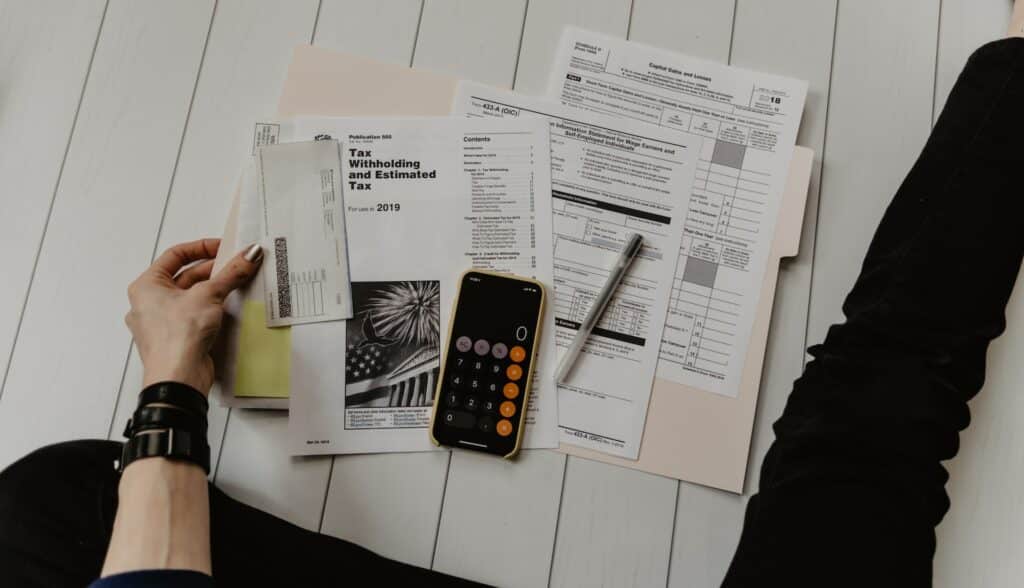
In order to make solar panel installation more economical, it is important to know what kind of incentives and rebates are on offer. These can reduce the total price substantially – with a federal tax credit being one way in which this may be done. Local or state-level grants also often exist, making the cost significantly lower than if they had not been taken advantage of. The availability of these varies depending on where you live, but bear in mind that investing time into researching them could save a lot when purchasing your panels!
Federal Solar Tax Credit
Homeowners looking to install solar panels may benefit from the federal solar tax credit, which provides a 30% deduction in associated costs. Depending on your system setup and state of residence, this incentive could potentially provide savings ranging between $4,600 and $16,000 when paying for installation with cash.
For those who are eligible for the Solar Tax Credit Program, it is wise to buy upfront rather than leasing or financing as you will be able to save significantly more money over time by doing so.
State and Local Incentives
Solar power system costs can be greatly reduced with the help of state and local incentives, thus increasing solar companies’ return on investment. Examples of these incentives are grants, tax exemptions or lower electricity prices for renewable energy sources. To find out which specific programs you qualify for in your area, visit DSIRE (Database of State Incentives for Renewables and Efficiency).
Making use of such governmental aid will bring down the price tag associated with a solar panel system as well as allow you to enjoy long-term advantages from solar power.
Solar Panel Payback Period
When installing solar panels, it is important to take into account the payback period or time for one’s investment in a solar energy system to be recovered. This typically lies between 6 and 12 years depending on factors like the cost of installation, electricity rates as well as incentives available. Evaluating these details can provide you with an idea of how long your return on investing in this renewable source will require.
Aside from that benefit, to which must also be added potential protection against an increasing electricity bill, solar panel systems offer savings over the long term thanks to their ability to reduce costs associated with electric consumption annually. Thus making them increasingly attractive investments when compared with conventional sources of producing energy.
Solar Panel Installation Process
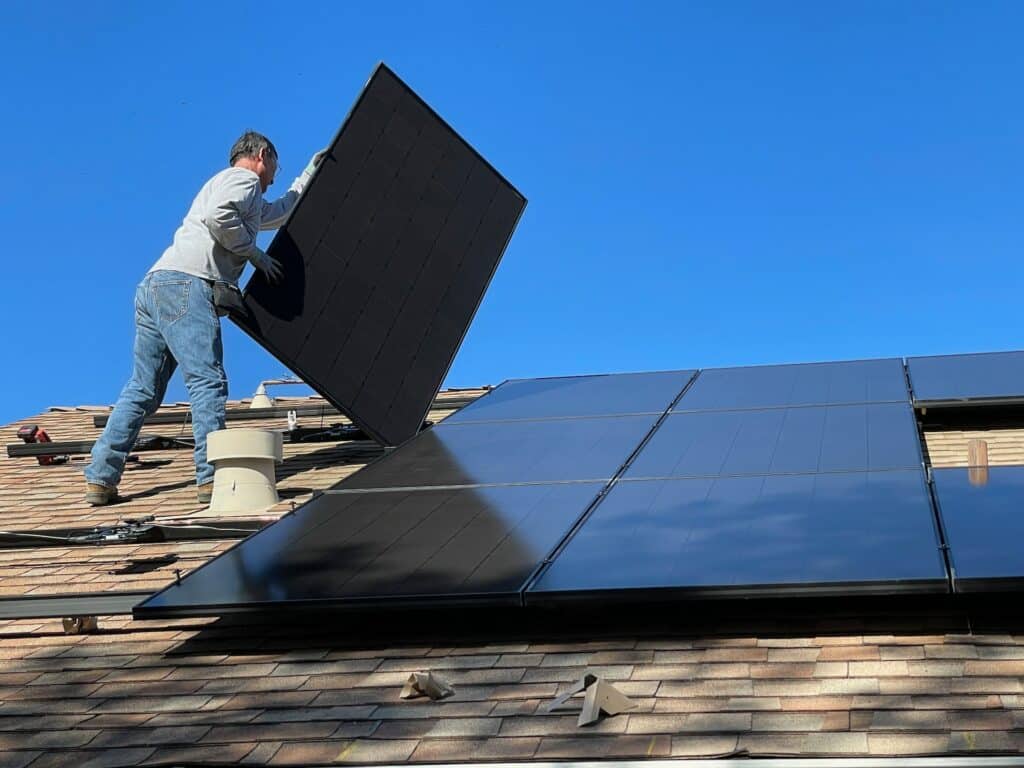
The installation of solar panels is essential for taking advantage of the benefits provided by this renewable energy source. This process entails a variety of steps that must be carried out in order to have an effective and secure setup, including choosing equipment, getting permits and working with professional installers. The primary pieces needed are the photovoltaic cells along with inverters, which will form your system’s core structure.
Most paperwork associated with installing a solar system technology, such as obtaining incentives and authorizations, can usually be handled by professionals who offer full-service solutions saving you time and effort. Furthermore, before connecting everything to your grid, there will need to be an inspection guaranteeing all safety rules established for electricity connections or roof setback codes are being followed accordingly.
Long-Term Benefits of Solar Panels
By investing in solar panels, people are not only making a wise financial decision, but also playing their part to ensure the environment for future generations. Installing these systems can bring various long-term advantages such as reduced electricity bills, increased property value and decreased carbon emissions. On average, an installed set of solar panels lasts around 25 – 30 years.
Granting homeowners decades’ worth of renewable energy sources. Research suggests that compared to similar homes without them, houses with properly functioning solar units would be valued up to $15,000 higher than expected!
Summary
Ultimately, investing in solar panels can be a wise decision for many homeowners since it offers long-term savings and increases the value of their home while diminishing their carbon footprint.
Although there may initially be expensive upfront costs to pay, looking into different elements such as the size of the system, panel type, place where they are installed along with labor expenses helps make informed decisions.
Factoring incentives offered plus financing options helps bring down installation expenditures. So people reap the rewards that renewable energy has to offer over time.
If you’re interested in learning more about solar power from a trusted solar company, feel free to reach out to Passion Electric!
Frequently Asked Questions
How many solar panels do I need for a 2,000 sq ft house?
A solar system that is sufficient for a 2,000 sq ft dwelling will be valued at around $20,000 and have 12-18 panels.
How much do solar panels cost?
On average, a single solar panel is priced at around $1,000 and $1,200 dollars.
Do solar panels save money in the long run?
Yes. Solar panels can be an excellent way to save money on electricity costs. In fact, you could reduce your bill by up to $130 each month. Over the life of the system, those savings have been estimated as amounting to over $33000, which results from using fewer utilities and having fixed energy prices.
Are solar panels cheap or expensive?
Solar panels can be costly, with an average price tag of around $20,650 for a full solar system. This cost ranges from roughly $2.95 per watt to a high of nearly $23,870 for the highest quality models and all in between at about $17,430.
How long does it take to recoup the initial investment in solar panels?
On average, it takes between 6 and 12 years for the solar panels cost to be paid back.
